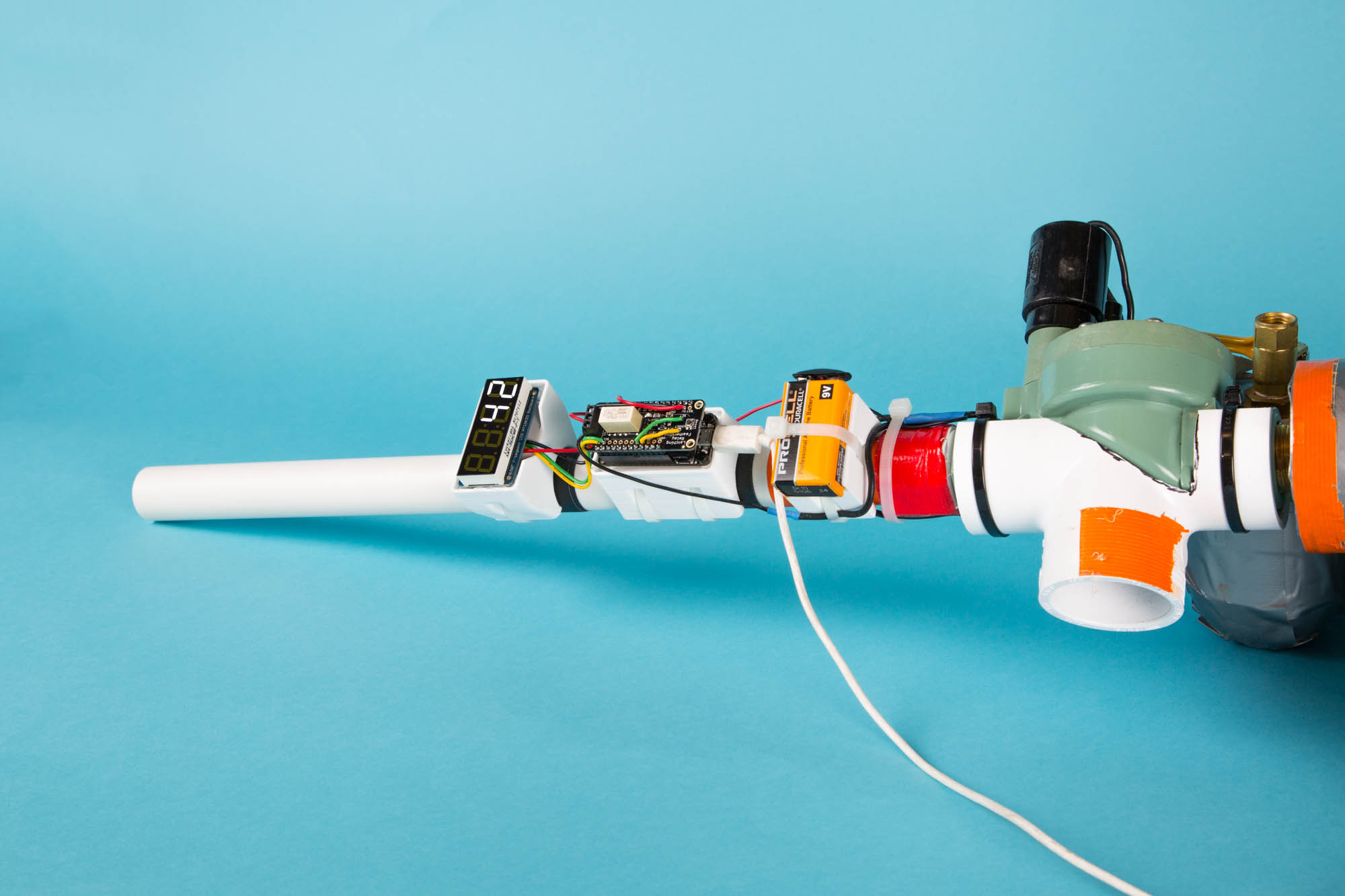Ok, I’ll admit, this one is a little silly – but ever since I’ve been doing live broadcasts on the regular, I’ve wanted to increase the number of ways that live stream audiences can interact with the broadcast. I was inspired by projects like Twitch Plays Pokemon and letsrobot.tv, and wanted to create an easy to use system so people can easily create whatever hardware they imagine, and let their audiences take control of it, no matter what platform they’re streaming on.
It turns out that for Twitch.TV, it’s a relatively simple task. Twitch’s chat is based on IRC (the Internet Relay Chat protocol) so it’s relatively simple to have a wifi-capable microcontroller sign into that IRC server, start listening in on the chat, and when it detects certain keywords, can trigger a hardware event. But I wanted a system that would be completely platform agnostic, so I turned to my favorite mobile IoT solution, Blynk.
Blynk already makes it simple enough to control any wifi enabled microcontrollers from any internet connected mobile device, but you can also easily share projects with other people too. Sure, it’s a pain in the butt for your audience to have to download a mobile app to use it – but on the bright side, they don’t need to create any account or give up any personal details, they just need to download the app and then scan the QR code, which will let them control your hardware.
In this implementation, the project will just have a simple button that they can press over and over again. Pressing that button will cause a counter on a seven segment display to count up. When it reaches a certain threshold, the counter will stop, a relay will be triggered, activating a confetti cannon. Hooray! We did it!
I’m not going to go into the details of building the confetti cannon, it’s just a simple air cannon constructed from PVC. if you need help building one, follow the instructions on this project.













